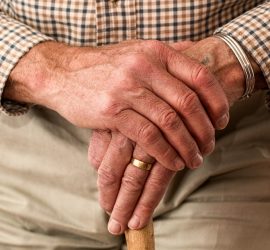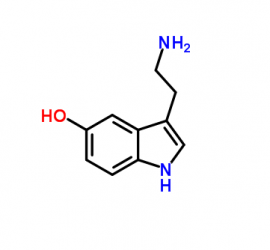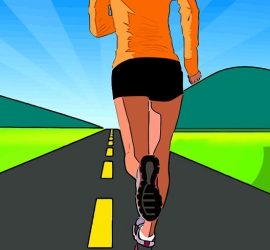Interview: Prof Nicholas Taylor on strength training and mobility in young people with cerebral palsy
In young people with cerebral palsy, strength training increases the forces that their muscles produce. But does that mean that strength training helps young people with cerebral palsy walk better? Professor Nicholas Taylor talks about strength training and mobility in young people with cerebral palsy.










